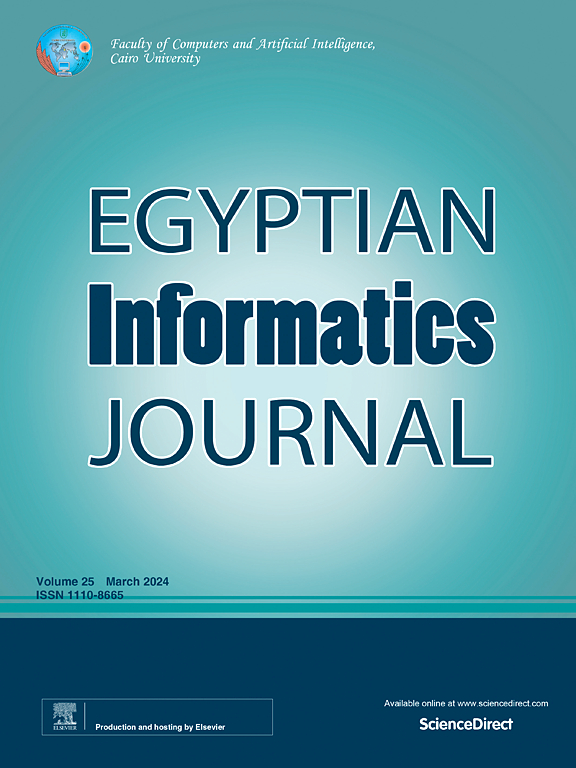A non-invasive computer-aided personalized diagnosis system for Osteopenia and Osteoporosis
IF 5
3区 计算机科学
Q1 COMPUTER SCIENCE, ARTIFICIAL INTELLIGENCE
引用次数: 0
Abstract
Background:
Osteoporosis is a common bone related disease that is characterized by a severe decrease in bone mineral density and an elevated risk of fracture. To achieve an effective disease management and fractures avoidance, the detection of the disease at its early stage, the Osteopenia stage, is extremely beneficial.
Methods:
For this purpose, this paper presents a non-invasive computer aided diagnosis system for disease’s screening using knee X-ray scans in its two basic stages (i.e., Osteopenia and Osteoporosis). Furthermore, a probabilistic diagnosis is produced for each scan, offering a personalized diagnosis that in turn indicates the severity of the disease, if exist, for each individual independently. Accordingly, the proposed methodology consists of three main steps: (1) the X-ray scans of three groups (i.e., normal, Osteopenia, and Osteoporosis) are pre-processed to improve the scans’ quality, and to serve the feature extraction and the construction of the model; (2) the pre-trained VGG16 model is used to identify the descriminative characteristics of each studied group that are then; at stage (3) fed to the SVM classifier to accomplish the diagnosis task, including the severity grading task.
Results:
Evaluating the proposed framework showed promising results with an average overall accuracy of 94.85%. In the groups base, the results were around 93.75%, 96.77%, and 100% for the normal group’s recall, F1-score, and precision, respectively. For the Osteopenia group, the results were around 93.95%, 100%, and 88.60% for F1-score, recall, and precision, respectively. Finally, the Osteoporosis group’s results achieved an average of 93.91%, 90%, and 98% for F1-score, recall, and precision, respectively.
Conclusion:
These results reflect the powerful ability of the proposed work especially that it could outperform the related efforts. Accordingly, these results encourage further analysis to extract more related medical insights for consequent assistance in the relevant healthcare diagnosis and treatment plans.
求助全文
约1分钟内获得全文
求助全文
来源期刊

Egyptian Informatics Journal
Decision Sciences-Management Science and Operations Research
CiteScore
11.10
自引率
1.90%
发文量
59
审稿时长
110 days
期刊介绍:
The Egyptian Informatics Journal is published by the Faculty of Computers and Artificial Intelligence, Cairo University. This Journal provides a forum for the state-of-the-art research and development in the fields of computing, including computer sciences, information technologies, information systems, operations research and decision support. Innovative and not-previously-published work in subjects covered by the Journal is encouraged to be submitted, whether from academic, research or commercial sources.
 求助内容:
求助内容: 应助结果提醒方式:
应助结果提醒方式:


